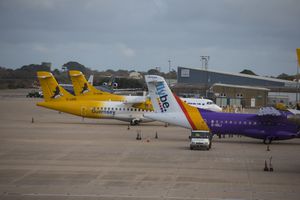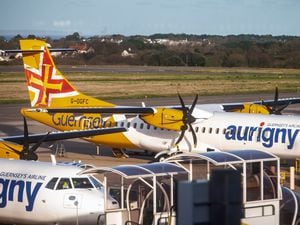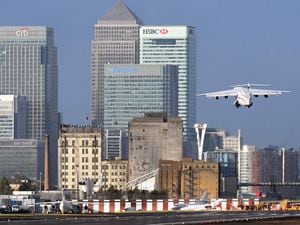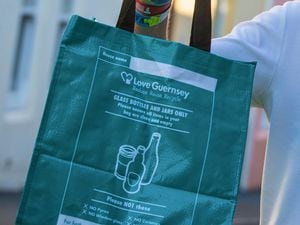Visitor numbers up in the first quarter
VISITOR numbers recovered in the first quarter of this year, but remain below 2017.

The total market of departing visitors, including cruise passengers and visiting yachtsmen, stood at 32,344 visitors during the quarter, an increase of 9% against the same period in 2018 when bad weather was blamed for a fall from 33,484 the year before.
Total staying visitors, described as the high value segment of the tourism market who spend at least one night in Guernsey, increased by 2,199, or 9%, in the first quarter, with those visitors staying for leisure purposes increasing by 22%, or 1,375 visitors.
‘It is particularly good news that the staying visitor market, which generates the largest contribution to the local economy from tourism, has shown such a healthy increase this year,’ said Economic Development member Dawn Tindall.
‘The high value staying visitor segment has suffered over 20 years of decline, but is showing signs of stabilisation and indeed, this market showed a modest increase between 2015-2018, with staying leisure visitors increasing by over 4% following the publication and implementation of the States of Guernsey and Chamber of Commerce tourism sub group 2015-2025 Guernsey Tourism Strategy.’
But the strategy pledged a 3% year-on-year growth in visitor numbers from 2014 to 2025 and a 30% growth in the value of tourism.
Deputy Tindall said that while the first quarter represented a small percentage of the annual visitor market, it was a positive start to the year.
Total departing visitors, excluding cruise passengers and visiting yachtsmen, increased by 9%, an extra 2,677 visitors compared to 2018, but failed to recoup the 4,154 passenger fall from 2017.
There was 7% increase in those travelling by air (1,826 visitors) in the first quarter of this year and a 20% increase travelling by sea (850 visitors). But resident travel declined by 2%.
The breakdown also shows a 14% increase in those staying in commercial accommodation, an additional 6,570 bed nights. But again this failed to return numbers to 2017 levels.





